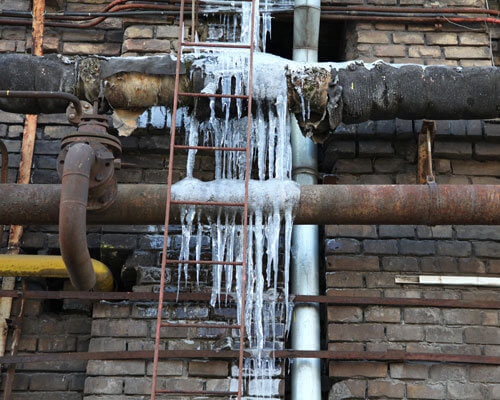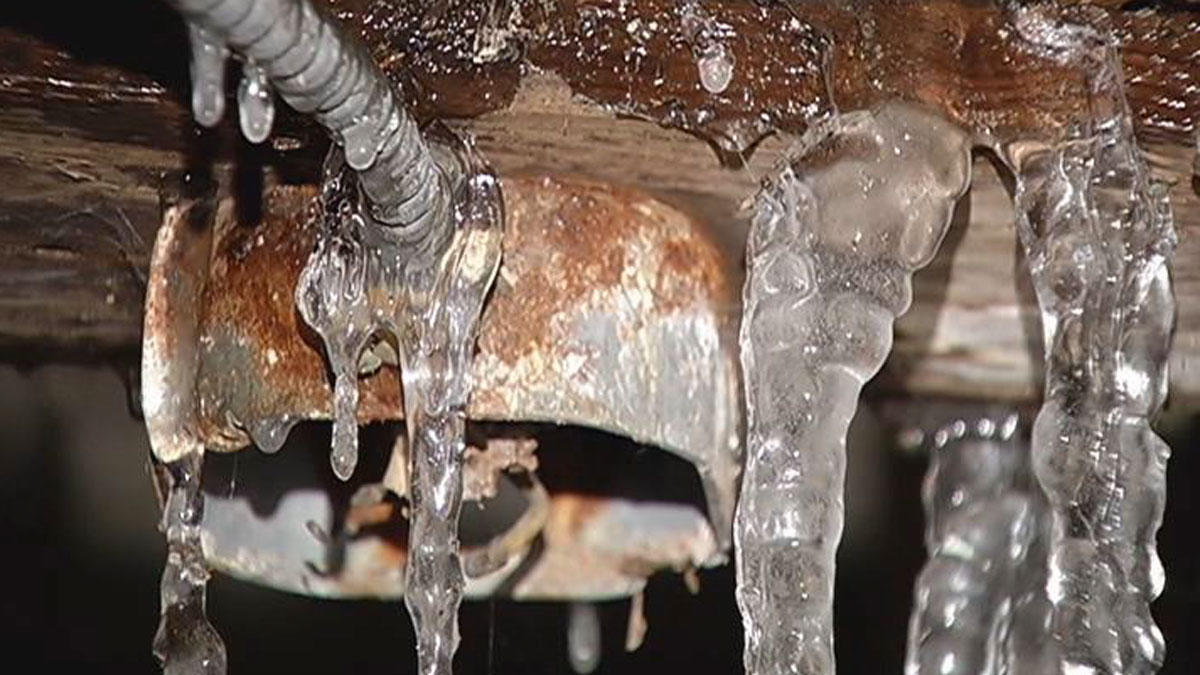Shielding Pipes from Freezing Issues: Critical Strategies
Shielding Pipes from Freezing Issues: Critical Strategies
Blog Article
What're your opinions regarding How to Prevent Your Pipes From Freezing?

Winter can damage your plumbing, especially by freezing pipes. Right here's how to stop it from occurring and what to do if it does.
Introduction
As temperature levels drop, the threat of icy pipes rises, potentially resulting in expensive repair services and water damage. Recognizing just how to prevent frozen pipes is critical for house owners in cool climates.
Comprehending Frozen Pipes
What triggers pipelines to ice up?
Pipelines freeze when exposed to temperatures listed below 32 ° F (0 ° C) for expanded periods. As water inside the pipelines ices up, it increases, taxing the pipeline wall surfaces and possibly causing them to burst.
Risks and damages
Icy pipelines can lead to supply of water interruptions, building damage, and pricey repairs. Ruptured pipes can flood homes and trigger extensive architectural damages.
Signs of Frozen Piping
Determining icy pipelines early can avoid them from rupturing.
Exactly how to determine frozen pipelines
Search for lowered water circulation from faucets, unusual odors or noises from pipes, and visible frost on exposed pipes.
Prevention Tips
Insulating at risk pipelines
Cover pipes in insulation sleeves or make use of heat tape to protect them from freezing temperature levels. Focus on pipes in unheated or external locations of the home.
Heating techniques
Keep interior areas properly heated up, particularly locations with pipes. Open up closet doors to permit cozy air to flow around pipelines under sinks.
Shielding Outdoor Pipes
Garden hoses and outdoor faucets
Disconnect and drain pipes yard pipes before winter season. Install frost-proof faucets or cover outside faucets with insulated caps.
What to Do If Your Pipelines Freeze
Immediate actions to take
If you suspect icy pipes, keep taps available to ease stress as the ice thaws. Utilize a hairdryer or towels taken in warm water to thaw pipes gradually.
Long-Term Solutions
Structural adjustments
Consider rerouting pipelines away from outside wall surfaces or unheated locations. Include extra insulation to attics, cellars, and crawl spaces.
Upgrading insulation
Invest in premium insulation for pipes, attic rooms, and walls. Proper insulation aids maintain consistent temperature levels and lowers the risk of icy pipes.
Conclusion
Protecting against icy pipes calls for positive measures and fast responses. By comprehending the reasons, signs, and safety nets, homeowners can safeguard their pipes throughout winter.
5 Ways to Prevent Frozen Pipes
Drain Outdoor Faucets and Disconnect Hoses
First, close the shut-off valve that controls the flow of water in the pipe to your outdoor faucet. Then, head outside to disconnect and drain your hose and open the outdoor faucet to allow the water to completely drain out of the line. Turn off the faucet when done. Finally, head back to the shut-off valve and drain the remaining water inside the pipe into a bucket or container. Additionally, if you have a home irrigation system, you should consider hiring an expert to clear the system of water each year.
Insulate Pipes
One of the best and most cost-effective methods for preventing frozen water pipes is to wrap your pipes with insulation. This is especially important for areas in your home that aren’t exposed to heat, such as an attic. We suggest using foam sleeves, which can typically be found at your local hardware store.
Keep Heat Running at 65
Your pipes are located inside your walls, and the temperature there is much colder than the rest of the house. To prevent your pipes from freezing, The Insurance Information Institute suggests that you keep your home heated to at least 65 degrees, even when traveling. You may want to invest in smart devices that can keep an eye on the temperature in your home while you’re away.
Leave Water Dripping
Moving water — even a small trickle — can prevent ice from forming inside your pipes. When freezing temps are imminent, start a drip of water from all faucets that serve exposed pipes. Leaving a few faucets running will also help relieve pressure inside the pipes and help prevent a rupture if the water inside freezes.
Open Cupboard Doors
Warm your kitchen and bathroom pipes by opening cupboards and vanities. You should also leave your interior doors ajar to help warm air circulate evenly throughout your home.

I was shown that write-up on Helpful Tips to Prevent Frozen Pipes this Winter through a buddy on another website. Sharing is caring. You just don't know, you may just be doing someone a favor. Thanks a lot for being here. Kindly check our website back soon.
Click Here Report this page